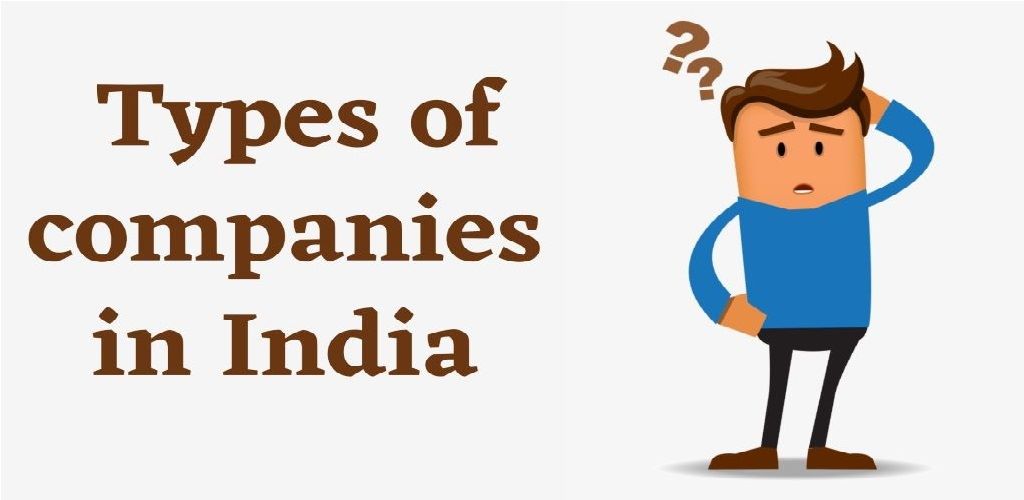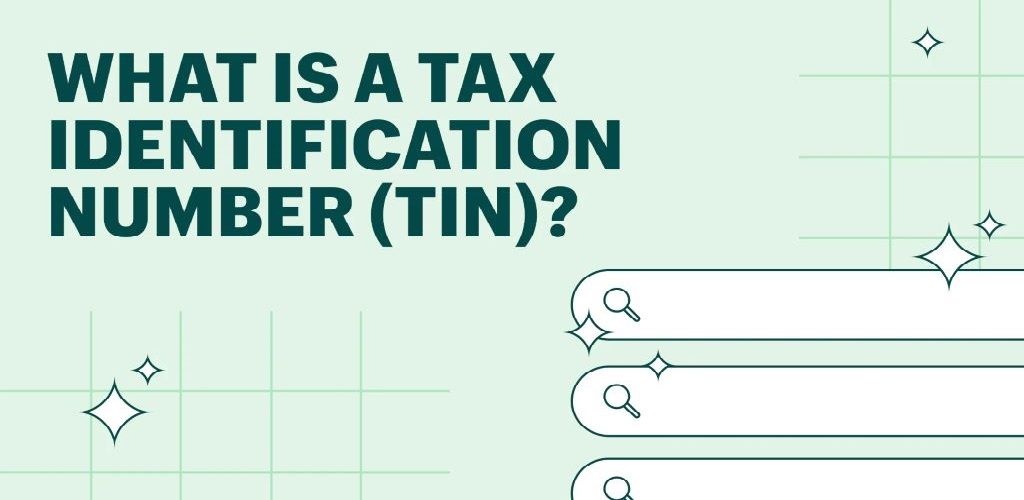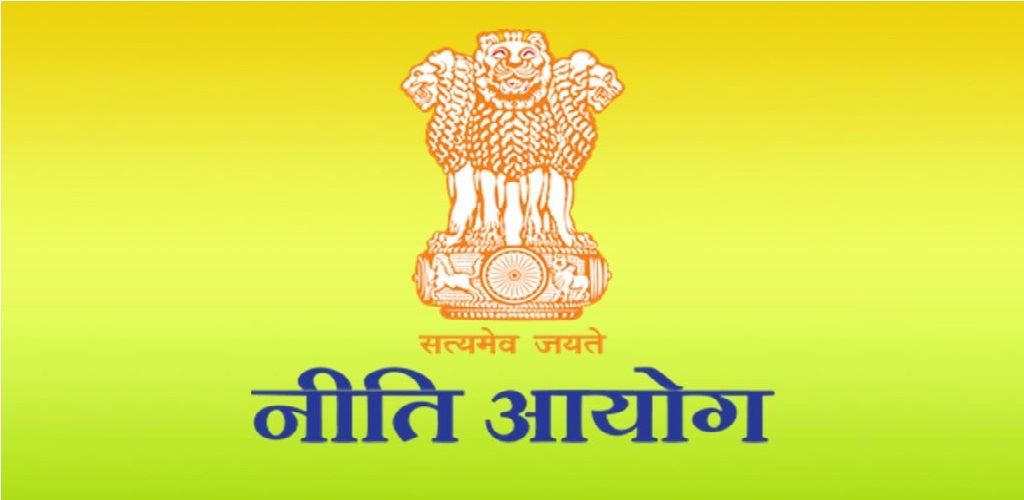In India, the government collects revenue in two main categories: “Tax Revenue” and “Non-Tax Revenue.” Tax revenue is a major income source for the government, and it is generated from taxes paid by individuals and businesses. The amount collected can fluctuate based on customer spending, employment rates, and other economic conditions.
On the other hand, non-tax revenue includes income from sources other than taxes. This type of revenue includes earnings from activities like service fees, fines, dividends from state-owned enterprises, and more. These revenues contribute to the government’s overall income and help cover the costs of providing public services and running the state.
In this post, we’ll discuss everything you need to know about non-tax revenue.
Definition of Non-Tax Revenue
To put it simply, non-tax revenue refers to the regular income earned by the government through sources other than taxes. It is revenue generated by the government without imposing additional taxes on individuals or businesses.
While tax revenues come from direct and indirect taxes, no-tax revenue provides an additional stream of income for the government. One common example of non-tax revenue is when individuals utilize services offered by the government, such as broadband connections, telecommunication services, electricity, and more. In these cases, individuals are required to pay their bills, which include a portion of non-tax revenue that goes to the government.
Another major source of non-tax revenue is the interest collected by the Indian government on funds and loans provided to the states. It serves as an additional source of income for the government, helping to fund different public services and meet financial obligations.
Different Sources of Non-Tax Revenue
Let’s take a look at the multiple sources in which the government earns non-tax revenue.
- Jobs provided through state public service boards
- Security Services for residential properties
- Civil service fees
- Fees for municipal services
- Electricity Payments
- Administrative Charges
- Sale of stationary and similar items
- Revenue from newspapers
Components of Non-Tax Revenue
Here is a list of the crucial components of non-tax revenue.
- Interest
It is one of the most important components, including the interest paid on loans provided to states, Union Territories, and other entities for purposes such as flood control and modernization of police forces. It also includes the interest earned on loans given to Port Trusts, Public Sector Enterprises (PSE), and other statutory bodies.
- Examination Fee
It is another popular component of non-tax revenue, which refers to the fees for competitive exams conducted by the Union Public Service Commission (UPSC) and Staff Selection Commission (SSC) to fill vacancies in government offices.
- Petroleum license
Another major component of non-tax revenue is the petroleum license, which refers to the fee paid to obtain exclusive oil and gas exploration rights in specific regions. It may include royalties, a share of profits earned from the contract areas, a petroleum Exploration License (PEL) fee, or a Production Level Payment (PLP).
- Power Supply Fees
It is another major component that represents the revenue collected by the Central Electricity Authority (CEA) for supplying power under the Electricity (Supply Act).
- Communication Fee Services
It is a kind of component that mainly includes license fees paid by telecom operators to the Department of Telecom (DoT) for spectrum usage.
- Dividends & profits
For those who don’t know, these dividends and profits received from public sector enterprises (PSEs) and surplus transferred from the Reserve Bank of India (RBI) are included in this category.
- Police Services Fee
Last but not least, this component involves fees received for providing central police forces to state governments and other entities, such as Central Industrial Police Force (CISF) personnel to protect industries.
Difference Between Tax Revenue and Non-Tax Revenue
Tax revenue is collected based on the income earned by individuals or entities and the value of goods and services. This type of revenue is mandatory, meaning that a portion of income and the value of goods and services must be paid as tax.
On the other hand, non-tax revenue is generated from services the government offers, such as interest or loans. Unlike tax revenue, non-tax revenue is only paid when citizens use these government services.
Conclusion
So, there you have it! That’s a wrap-up to the ins and outs of non-tax revenue! It provides a steady stream of income funds that go beyond taxes and helps support the country’s maintenance, improvement, and development of infrastructure. There is no denying the fact that non-tax revenue is essential for the government to offer services to its citizens to ensure the smooth and uninterrupted functioning of a wide range of public sectors. With diversification in revenue sources, the government can better manage its finances and meet the population’s needs.
Frequently Asked Questions
Listed below are the frequently asked questions related to the non-tax revenue.
No, GST (Goods & Services Tax) is an indirect tax that is charged on the value of the transaction of services and goods by a company or individual. It can be said that it is a non-tax revenue.
Yes, dividends fall under the bracket of non-tax revenue.
No, it is a capital receipt of the government as it reduces the government’s assets.
Speaking of the percentage of non-tax revenue in India, the non-tax revenue (NTR) during H1 of FY 2023-24, at 78.5% of BE 2023-24 (i.e., Rs. 2.37 lakh crore), was also substantially higher than the last five years’ moving average of about 51.9% of BE.
Yes, excise is considered a form of non-tax revenue. It is the type of tax imposed on certain goods or commodities produced or manufactured within a country, such as alcohol, tobacco, luxury items, and petroleum products.








